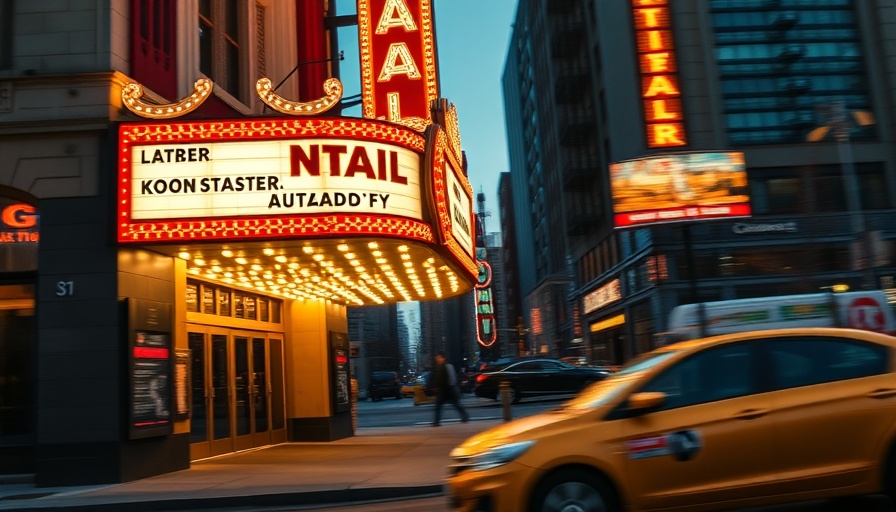
Late Night TV: Shifting Landscapes and Rising Costs
The recent cancellation of "The Late Show with Stephen Colbert" by CBS has sparked intense discussions about the future of late-night television. As audiences increasingly turn to streaming platforms for entertainment, the traditional model faces major challenges. The cost of producing late-night shows has ballooned, prompting some to wonder if Colbert's exit is an anomaly or the beginning of a troubling trend for the time slot.
What's Next for Jimmy Kimmel?
As CBS turns the page, all eyes are now on Jimmy Kimmel, whose contract is up in 2026. Could the fate of "Jimmy Kimmel Live" hold the key to the late-night show's future? Historically, Kimmel's program has played a pivotal role as a promotional tool for Disney, showcasing major films and television series. However, as network executives weigh their options, Kimmel's exit could signal a broader shift in late-night programming.
What's Happening Behind the Scenes?
The decision to end Colbert's show is more than just a headline; it reflects a deeper struggle within the television industry, merging with evolving consumer habits. Meanwhile, NBC has decided to extend contracts for Jimmy Fallon and Seth Meyers until 2028, indicating at least some confidence in the traditional format. This mixed bag of decisions hints at uncertainty across networks, making it clear that the late-night landscape is anything but stable right now.
What Can Leaders Learn from This Change?
The shifting tides of late-night TV offer insightful takeaways for business leaders. In an ever-evolving marketplace, recognizing when to pivot from traditional models can be the difference between success and decline. This moment serves as a reminder of the importance of adaptability and innovation in both entertainment and other industries.
So, What's Next?
The future of late-night TV is up for debate. Will more shows follow Colbert into the annals of television history? Or will networks find a way to modernize their offerings to compete with streaming? One thing is clear: staying in touch with audience preferences is essential for survival in any industry.
 Add Row
Add Row  Add
Add 










Write A Comment